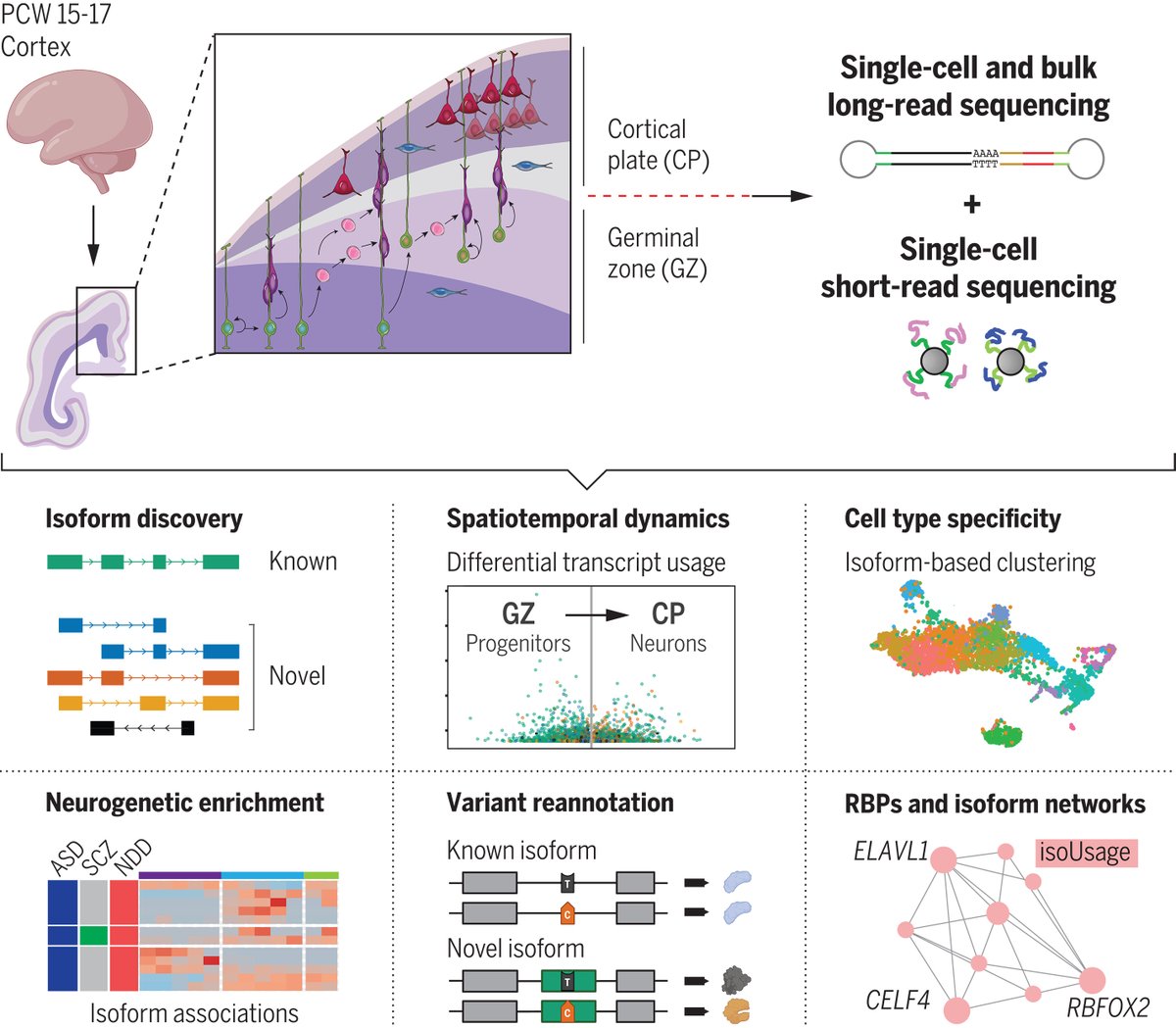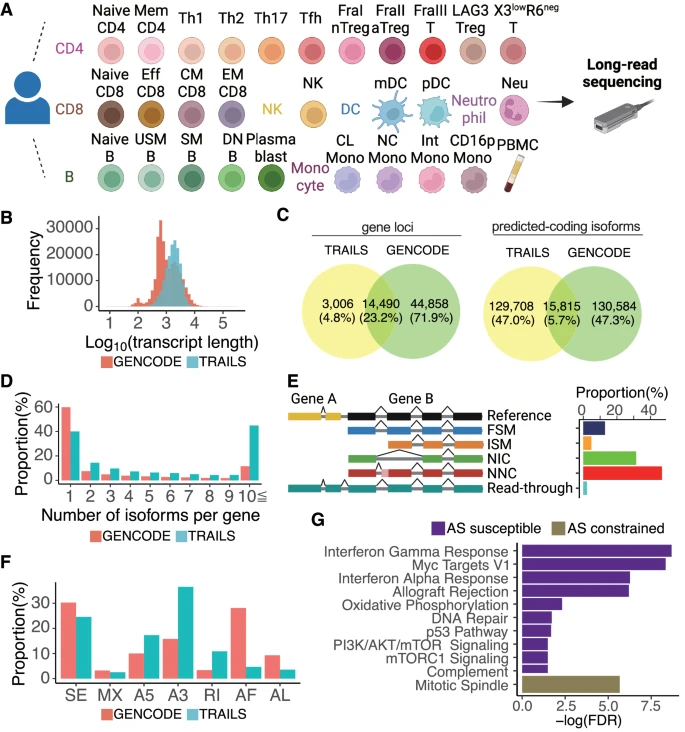
Ashok Patowary, PhD
@ashokpatowary
Genomics Researcher @UCLA / Associate Project Scientist (Geschwind Lab)
ID: 76954661
https://scholar.google.co.in/citations?user=OpTtLbgAAAAJ&hl=en 24-09-2009 14:41:03
128 Tweet
73 Followers
381 Following



We are happy to share our latest work on #ambientRNA in single-cell and single-nucleus RNA-seq experiments, out now in Genome Biology! (1/7) link.springer.com/article/10.118…

The Department of State visa bulletin for Aug, 2023 was issued today. There is a lot not to like. EB-1 for India has retrogressed by more than ten years. This is terrible for EB-1 eligible individuals from India, and terrible for US efforts to attract the best and the brightest

In 21 papers across Science, Science Advances, and Science Translational Medicine, researchers with the #BICCN consortium present an atlas of the human and nonhuman primate brain in unprecedented detail. The results uncover the genetic organization of the human brain. scim.ag/4ro
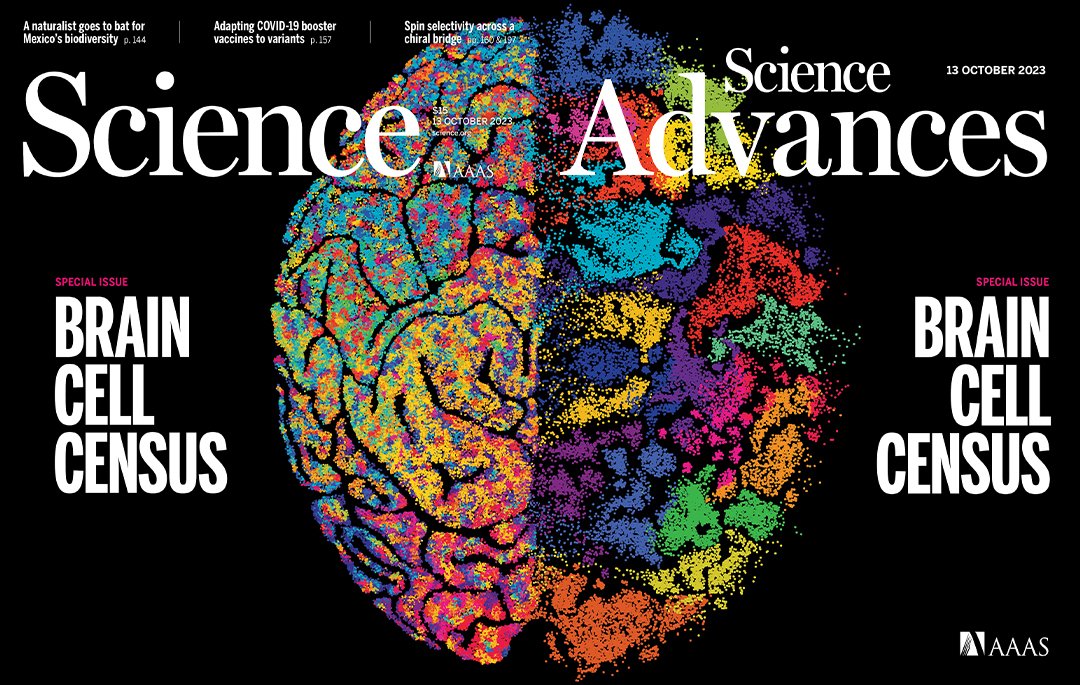

U.S. Consulate General Chennai I m a postdoc researcher UCLA Pathology David Geffen School of Medicine at UCLA. Travelled to India for family emergency, submitted docs for visa renewal at delhi on 19th oct. Only update on visa status is application received. My return flight is on Nov 2 midnight. Can you help?


This week in Science, Science Advances, and Science Translational Medicine, the #PsychENCODE Consortium lay out findings based on examining human brains at the single-cell level. Learn more: scim.ag/73Y #DecodingTheBrain
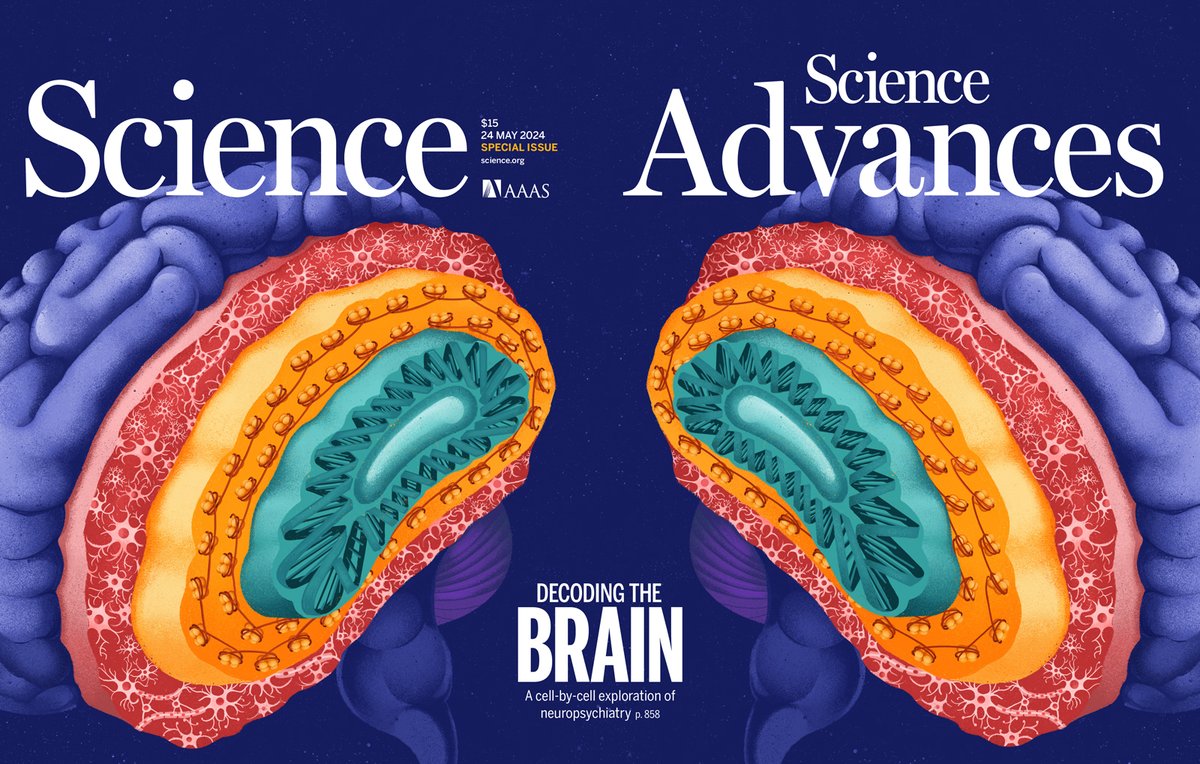

Researchers UCLA & Penn led by Luis de la Torre-Ubieta & Michael Gandal have uncovered over 200,000 new gene transcripts in the developing human brain. Their findings could enhance our understanding of brain maturation & genetic risks for neuropsychiatric disorders. ucla.in/3wDH97t

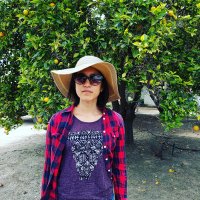
Our paper on splicing isoforms in developing human brain is finally out in Science Magazine! So grateful to Luis de la Torre-Ubieta and Michael Gandal for letting me be part of this amazing work. Congrats Ashok Patowary, PhD Pan Zhang Connor Jops! science.org/doi/10.1126/sc…


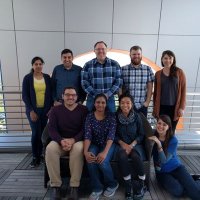



Hard to capture long isoforms in single-cell RNA-seq. We have finally optimized an existing method to capture the majority of expressed isoforms, including longer ones. Oxford Nanopore #LongRead #SinlgeCell #Isoform


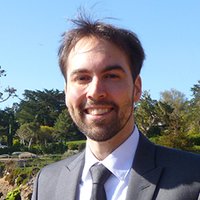
New preprint from our lab led by an amazing team, Celine Vuong and Alexis Weber, were we employ single-cell multi-omics in the developing brain to uncover mechanisms of Down syndrome. #brain #singlecell #multiomics #DownSyndrome biorxiv.org/content/10.110…

